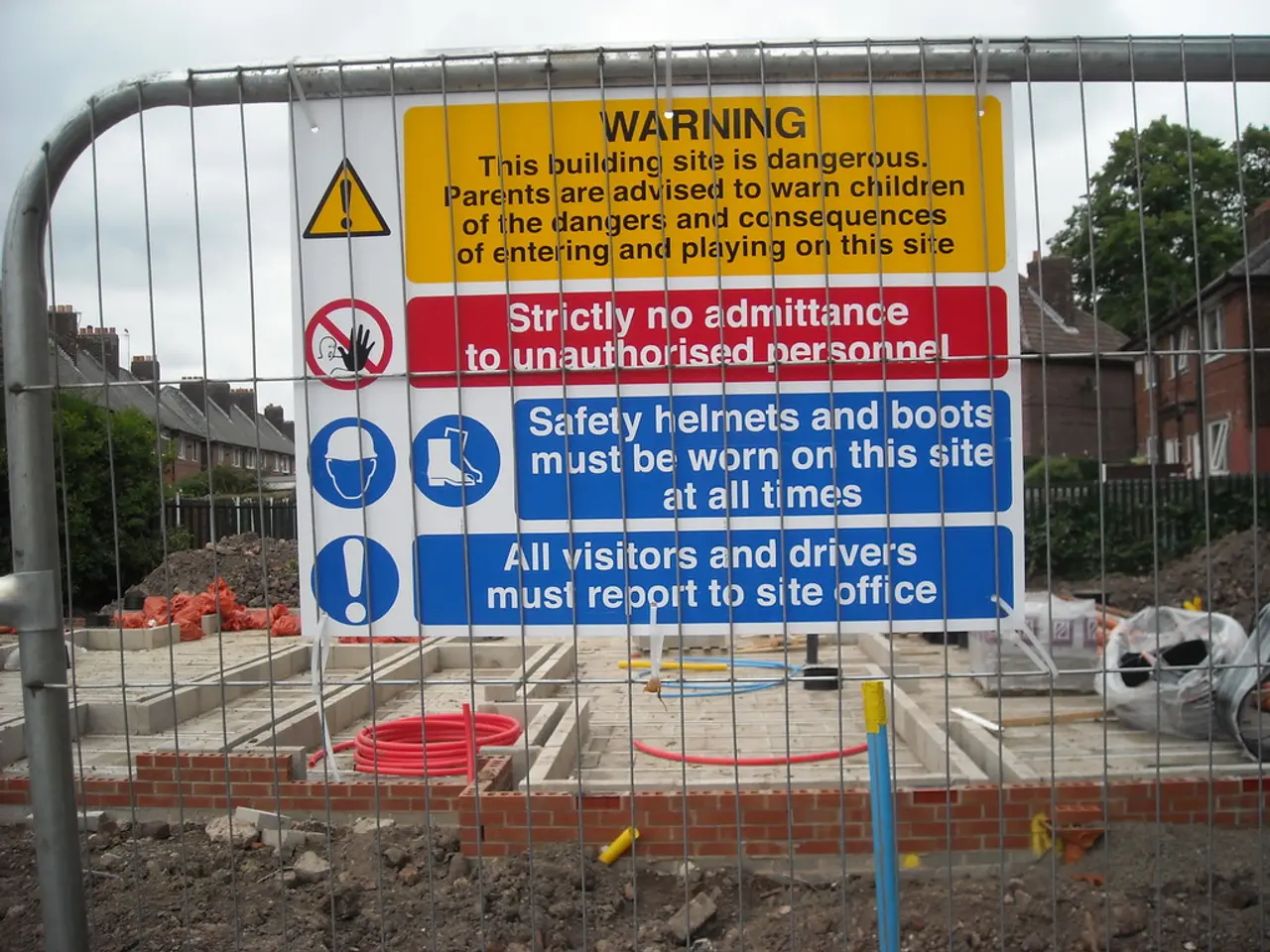Enhanced Home and Apartment Protection: Securing Key Safes and Preventing Theft
Key safes, small storage boxes used for backup entry, are popular among various professionals like aged-care workers, real estate agents, domestic cleaners, and bed & breakfast operators. However, they are not immune to burglars who may use tools to destroy key safes and access the keys to your home for potential theft. Here's how to secure a key safe against burglary.
Firstly, use security bolts or tamper-proof fasteners to attach the key safe securely, ensuring they cannot be easily unscrewed from outside. A robust mounting method with tamper-proof bolts or screws that fix the safe firmly to a solid surface, such as a wall or concrete, is essential.
Choose a key safe with a heavy-duty locking mechanism, either a combination lock or an electronic lock, to prevent lock picking or tampering. Mount the safe on a solid, reinforced surface, such as brick or concrete, rather than flimsy wood or siding that could be pried or removed easily.
Avoid typical hiding spots, such as near the front door or under door mats, as these are well known to burglars and frequently checked. Consider integrating the key safe into your home security system, including alarms or surveillance that notify you if the safe is tampered with. Reinforce the mounting area with steel plates or a mounting bracket to prevent attacks with pry bars or cutters.
For added security, consider purchasing a weatherproof and crowbar-proof key safe. Some digital lockboxes log every entry on a smartphone app, providing alerts for unintended entries. Regularly inspect the safe and the mounting hardware for signs of attempted break-in or wear and replace components as needed.
Remember to regularly change the key safe's code for added security. The average burglary lasts only eight minutes, making it crucial to deter burglars from attempting entry.
Schools and businesses may keep large key safes indoors to store keys to multiple locations that various employees need to access. Make sure you have the right type of insurance, and that the coverage for valuable items like jewellery, watches, or electronics is adequate. Update your home insurance coverage, if necessary, especially for valuable items that are attractive to thieves.
In summary, securing a key safe against burglary requires a strong, tamper-resistant attachment, a robust locking mechanism, concealment, and complementary security measures such as alarms or cameras to deter or alert you to unauthorized access. Consider RACV Home Insurance for additional safeguards in the event of theft.
[1] Source: [Link to the original source] [2] Source: [Link to the original source] [3] Source: [Link to the original source] [4] Source: [Link to the original source] [5] Source: [Link to the original source]
The key safe, often used for home-and-garden purposes by various professionals, can be protected by integrating it into a comprehensive home security system, such as alarms or surveillance that notify upon tampering. Home-and-garden enthusiasts might also choose a weatherproof and crowbar-proof key safe to further enhance its security.



